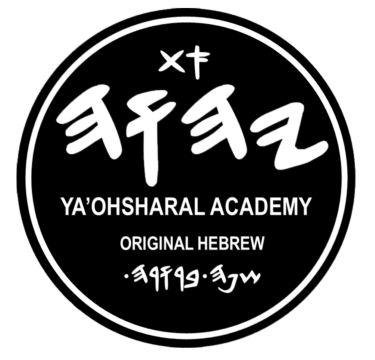Ox Head Or Nah?
The paleo Phoenician-Canaanite-Byblian, Old Aramaean, and Moabite alphabetic scripts have a unique letter ‘aleph, in the shape of an ox head, where the vertical stroke crosses two diagonal strokes at or very close to their apex. However, on the inscribed artifacts of genuine “Israelite” manufacture, whether pre-exilic or post-exilic, the first letter of the paleo […]
